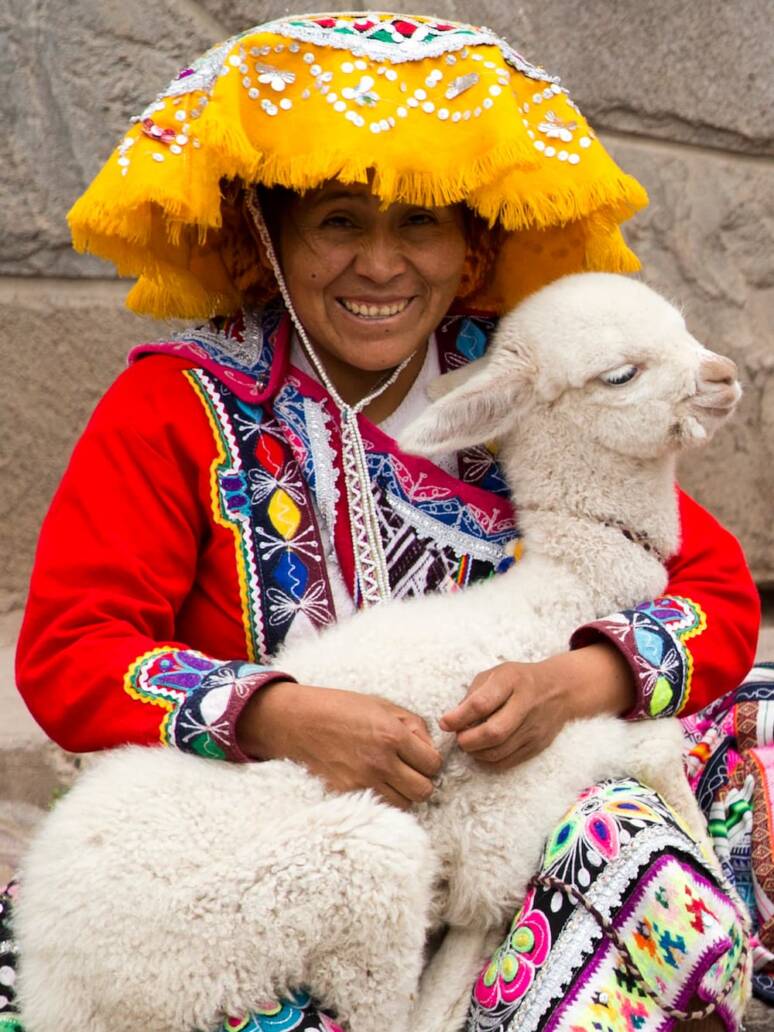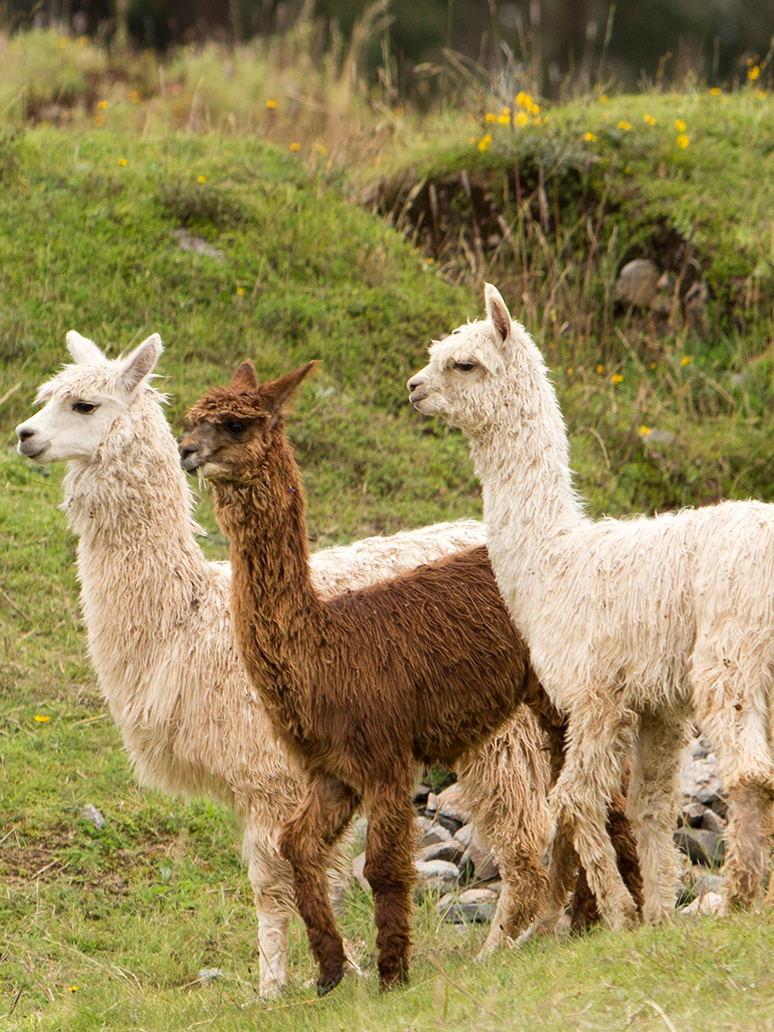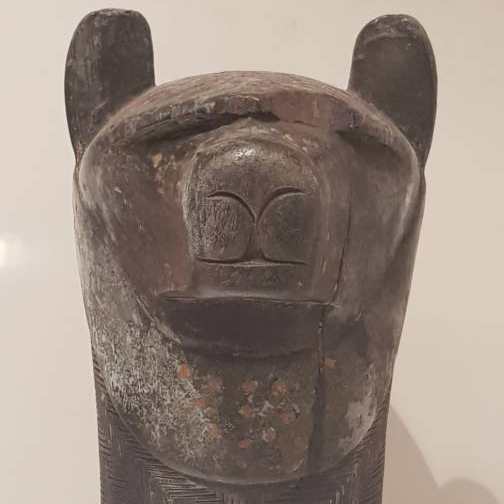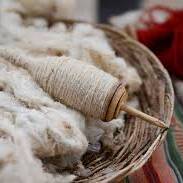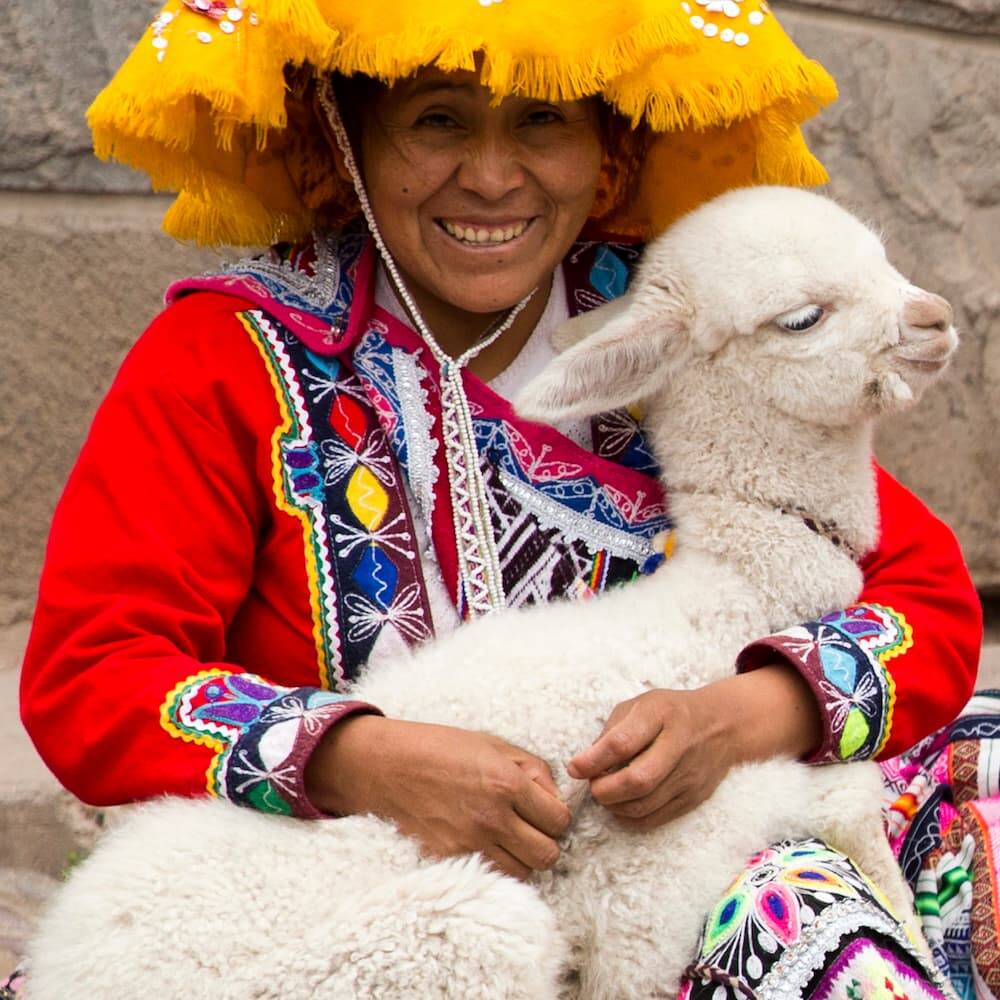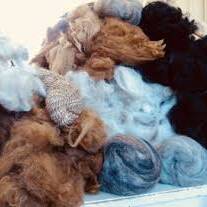About
Alpaca
Learn about the extraordinary Alpaca and the legendary Fiber of the Gods.
Part of the camelid family, the Alpaca is related to the Vicuña, Llama, and Guanaco, and thought to be a cross between Llamas and Vicuñas bred around 6,000 years ago.
The Alpaca was the crown jewel of Inca civilization, and their heralded fleece was shorn once a year around springtime exclusively for Inca royalty. Years before the Roman Empire came into existence, a thriving economy was booming in Peru, with the Alpaca at the heart of it. Not only prized for their durable fiber, but for transporting belongings through the Andes mountains, Alpacas became hugely significant to Inca culture and were seen as a gift from Pachamama (Earth Mother).
Soon Alpacas were domesticated animals that provided both companionship and income throughout the Inca Empire. There are two breeds of Alpaca; Huacaya and Suri. 95% of Alpacas are Huacaya, featuring the familiar fluffy fleece, while Suri have a long, straight fleece that naturally forms into locks.
Ancient Royal Inca garments made thousands of years ago still survive today and remain in excellent condition, with colors and textures still vibrant, proving the unmatched durability of Alpaca fiber.
The Benefits
Alpacas live high in the Peruvian Andes, faced with large temperature swings from day to night. Over thousands of years, Alpacas have developed an extraordinary fleece featuring some remarkable traits, that allow them to thrive in these conditions.
- High altitude conditions of hot sunny days and freezing nights have led to Alpacas naturally developing a thermoregulating fiber, keeping the warmth in during the night and allowing airflow during the heat of the day
- This means Alpaca fiber is lightweight and warm, filled with air pockets that allow it to be breathable while wicking away moisture
- The smooth fine fibers of Alpaca fleece create a uniquely soft texture that is superior to wool and allows the garments to be wrinkle free, making them low maintenance and perfect for travelling as well
- These smooth fibers are also water repellent and odor resistant, making Alpaca garments easy to care for
- Unlike wool, Alpaca is hypoallergenic due to the absence of lanolin, making it gentler on the skin to wear and safe for those with wool-allergies
Environment
We at Alpakari are proud to work with Alpaca, a natural wonder fiber. We craft timeless, classic pieces that will last a lifetime. There is an environmental benefit to wearing high quality, long lasting, durable, clothing rather than fast fashion.
By taking advantage of the 22 natural colors of Alpaca in our designs, we are able to keep the use of dyes to a minimum. Because it does not contain lanolin, Alpaca fiber doesn’t require intensive chemical cleaning.
Naturally a very clean animal, once shorn their fleece requires very little processing; we continue this clean journey throughout the entire production process. Alpacas are far ‘greener’ than goats, sheep and industrial cotton farming, as they are gentler on the land and consume less water. One pound of Alpaca fiber saves 110 gallons of water when compared to wool, making it one of the world’s most ecologically friendly fibers.
A frequently overlooked element of wool and cashmere production is the physical damage done to the Earth by the animals. Often, a large number of animals are kept in small spaces, leading to irreparable damage to the land. Alpacas, however, roam freely, naturally traversing high mountain meadows with unique, soft hooves that do little damage to the natural grasses on which they graze.
All of these attributes of Alpaca fiber combined, make us proud to work with this remarkable fiber and these truly special animals.


